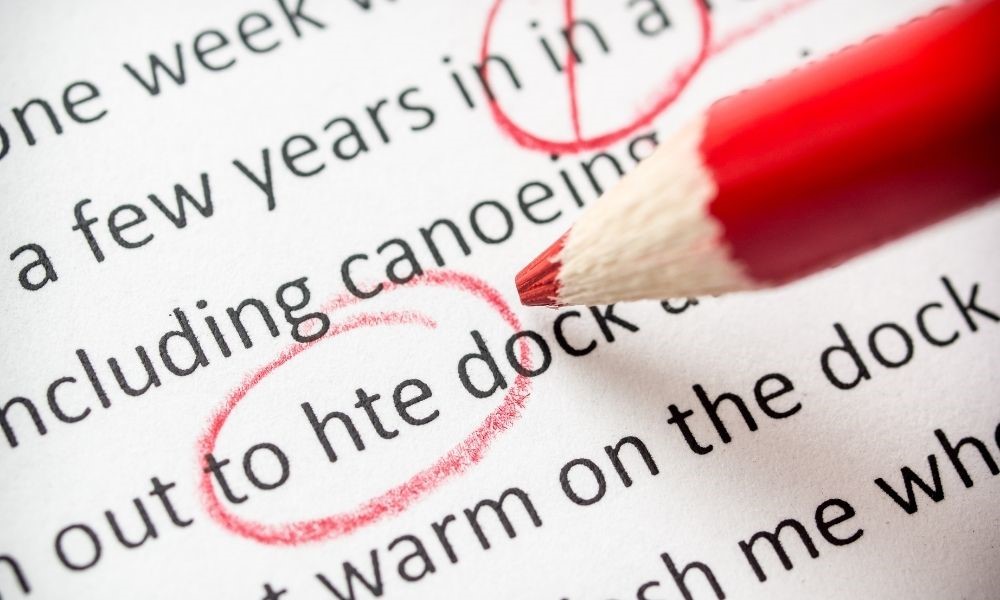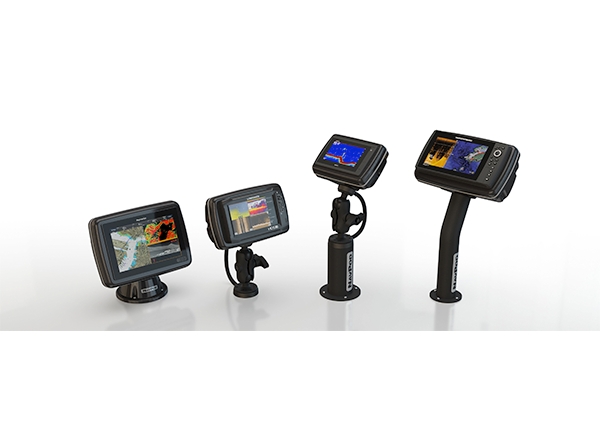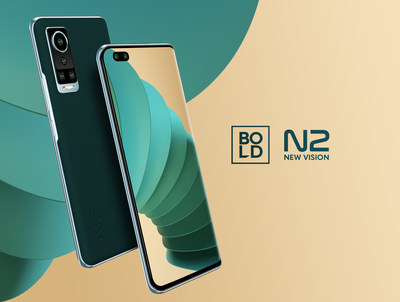What To Look for When Proofreading a Document

A good proofreader looks for dozens of errors and mistakes in a document to make sure that it’s perfect. Everyone has a different style when proofing. Some try to find everything while they read a text and others like to focus on one thing at a time, such as text or images. Proofs are important because they give everyone one last chance to find mistakes or make changes before going to print. Everything should be proofed no matter if it’s a novel, labels, or coffee table book. Here’s a quick list of what to look for when proofreading a document, label, or image.
Active or Passive Voice
This is a big one that most people aren’t aware of. Passive voice is such a huge part of daily language that people don’t realize when they do it. It is always advised to use active voice as much as possible. If the writer uses passive voice a lot, then it makes the text difficult to read and unnecessarily long. Change passive voice to active voice when possible.
Capitalization of the First Word
The first word of every sentence, no matter what it is, must always be capitalized. Most of us know the rule, but we still make the mistake while writing. We take it for granted that the program we are using will do it for us automatically, which it does—most of the time. Such a small thing makes a world of difference in proper writing and context.
Broken Type
Commercial printers work hard to ensure everything they ship is perfect. Printing presses and label makers move quickly, and even with quality control measures in place, things get missed. Rather than reading the words, simply look at them to check for broken type. A tiny bit of missing ink can turn a “B” into a “3” and cause the reader confusion.
Out of Register Images
Large printers don’t all print a single image in the exact color. They lay different colors down at different points on the press. The colors are lain on top of each other to make the right shades, so the image makes sense to the viewer. Sometimes, the colors aren’t laid down exactly on top of each other and a double image or halo effect is created. Make sure everything is in register and sharp when proofing.
Correct Subject-Verb Agreement
When proofreading, you must use the correct subject-verb agreement. This simply means that the subject and the verb should agree in number. Both should be singular or plural. You must not use the singular form of one and the plural form of the other. This is a simple thing to look for when proofreading a document, but it still gets missed.




